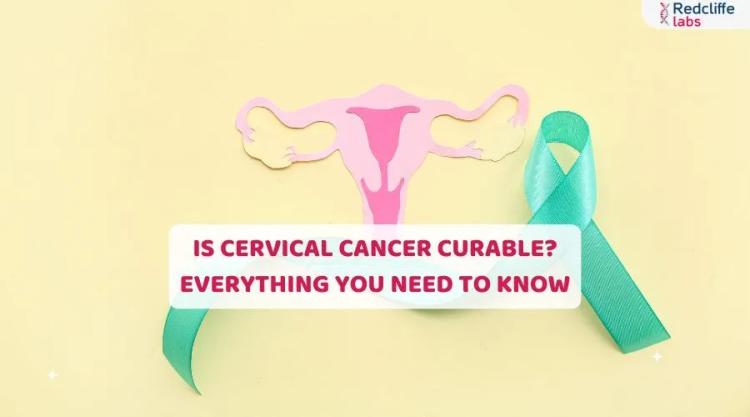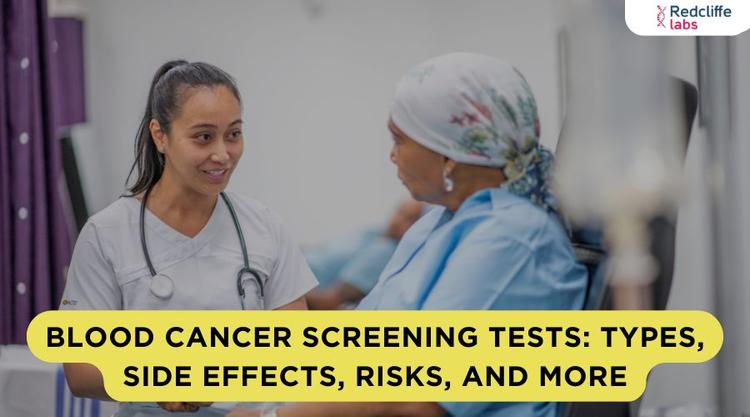Efficient Lab Diagnosis Helps Accurately Detect the Type of Breast Cancer in Women and Management Plans!

Medically Reviewed By
Dr. Ragiinii Sharma
Written By Sheena Mehta
on Aug 5, 2024
Last Edit Made By Sheena Mehta
on Jul 19, 2025

Video Link: https://www.youtube.com/watch?v=AsS8R9pm9qs
Breast cancer (BC) is widespread and is faced by women worldwide. There are two types of breast cancer: asymptomatic and symptomatic. Out of the two, the most challenging one is the latter, as it is symptomatic, which means symptoms do not appear. They are asymptomatic. Regretfully, people are not able to diagnose the disease at the right time, reducing the time for treatment and increasing the severity of the disease. Hence, according to the experts, women must go for regular cancer screenings after a certain age, thereby ensuring early diagnosis, a better survival rate, and lowering the chances of intensive treatments.
According to the American Cancer Society’s estimates, of all new cancers, 30% are caused by women each year. In 2024, about 310,720 women will be diagnosed with breast cancer. In India, approximately 60% of breast cancer cases are diagnosed at stage III or IV of the disease. Indian females with an age-adjusted rate as high as 25.8 per 100000 women and a mortality rate of 12.7 per 100,000 women. The estimated cases of breast cancer by 2022 were 216,108, and the country ranked highest in the number of estimated breast cancer deaths (98337) in the same year.
Now, the question arises: How can we save more women when breast cancer spreads at a fast rate?
The answer is a timely and accurate diagnosis.
How Timely and Accurate Diagnosis is Helpful to Cure Breast Cancer?
Undeniably, breast cancer has been threatening the mental and physical health of women worldwide. Its morbidity and mortality also show a clear upward trend in India and other countries worldwide. However, early detection is often key to the successful treatment of breast cancer.
To quickly and accurately screen BC, many imaging and molecular biotechnology-based diagnostic methods have been developed, including:
- Mammograms are X-rays of the breast used to detect changes in a woman’s breast with or without symptoms of breast cancer.
- Breast ultrasound helps detect a problem, as shown by a mammogram or physical exam of the breast, which may be a cyst filled with fluid or a solid tumor.
- A biopsy of breast cancer involves a sample of breast cells being removed and tested for cancer. It shows a breast change that may be cancer.
- Breast MRI reveals more detailed pictures of a female’s breast. It also helps to look closely for any other areas of cancer in the affected breast.
Besides all these tests, PET and CT scans are also beneficial to detect any malignancies in the breast. As you age, these tests are crucial, an essential preventive strategy for early diagnosis.
Cancer may remain under wraps or undetected for 2–5 years; hence, to get timely screenings, tests are vital in women.
There is no foolproof prevention strategy; hence, early diagnosis of breast cancer helps improve survival outcomes. The earlier you catch breast cancer, the higher the chance of avoiding its spread. Nevertheless, several symptoms are associated with breast cancer; therefore, monthly self-breast exams are highly recommended.
Check out a Case study to learn the importance of timely diagnosis of Breast Cancer.
Dr. Mayanka Lodha Seth, Chief Pathologist Redcliffe Labs, brought the case to the notice.
Case Report
A 45-year-old female. She came to the lab for an annual mammogram screen. The doctor revealed that she did not have any lumps in her breasts, but a mammogram detected a lesion in one of her breasts. It was architecturally disordered, asymmetric, and also had microcalcifications. These findings were highly suspicious of cancer in her breast.
Further, the patient was planned for a core needle biopsy. She explained that in this type of biopsy, a hollow needle is used to extract a small amount of tissue from the tumor. It is a minimally invasive procedure that causes very little discomfort to the patient. It is performed under an ultrasound machine.
What did they see under the microscope?
The doctor and her team saw that the tumor cells formed cords and clusters. They were infiltrating into the surrounding tissue. Hence, her diagnosis was very clear. She had invasive ductal carcinoma, which is the most common type of carcinoma worldwide. Furthermore, the tissue was also submitted for immunohistochemistry.
Final Judgment
This technique allowed them to determine the tumor's biomarker profile. She had estrogen receptor positivity, which favorably responds to treatment. Further, the patient underwent breast-conserving surgery (BCS) and chemotherapy. However, this treatment was customized based on the patient’s findings and investigations.
The patient is still alive even after one year of treatment and is living a happy and disease-free life.
In this way, efficient lab diagnosis has proven to not only accurately detect the type of disease but also help decide the management plan.



